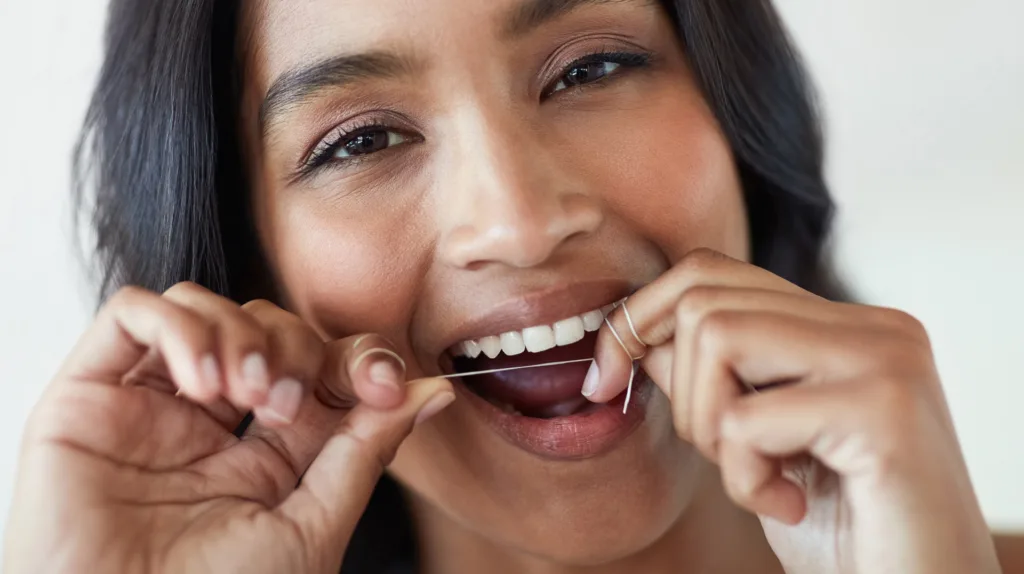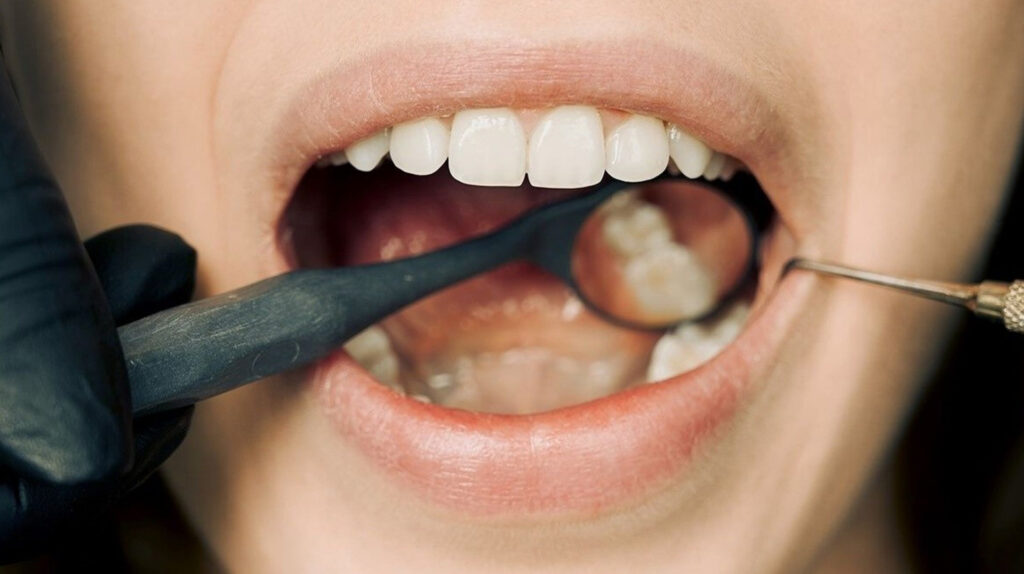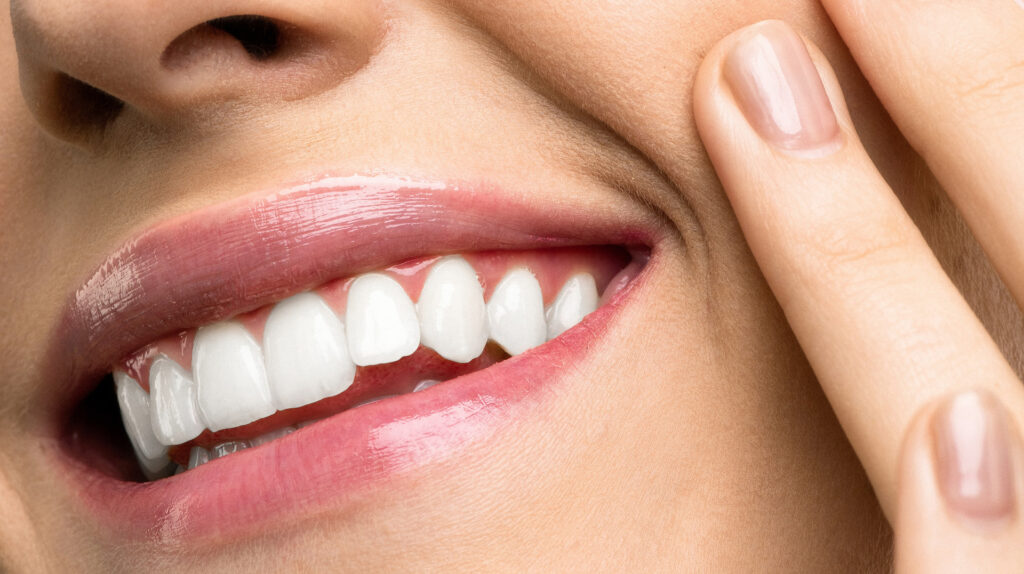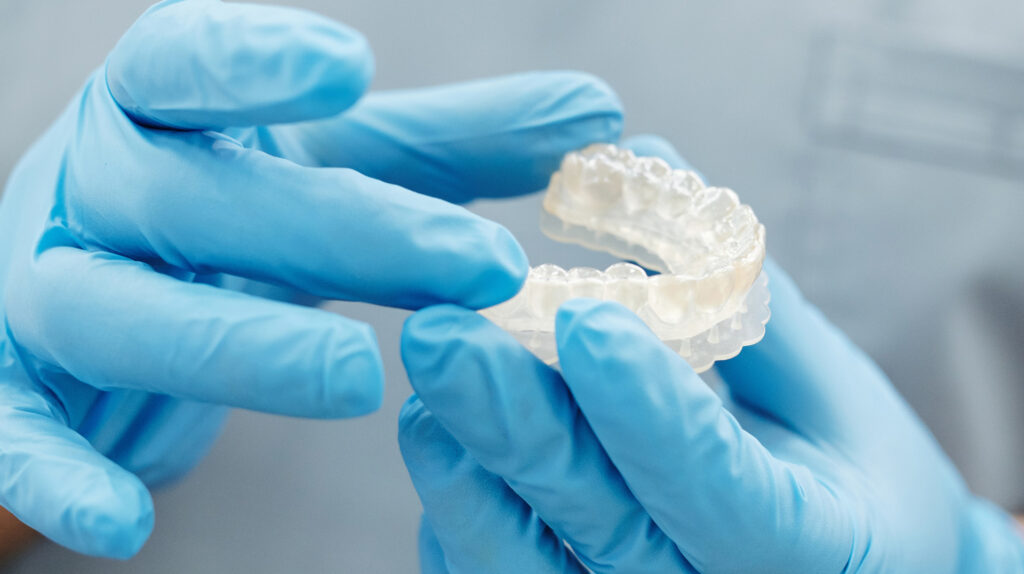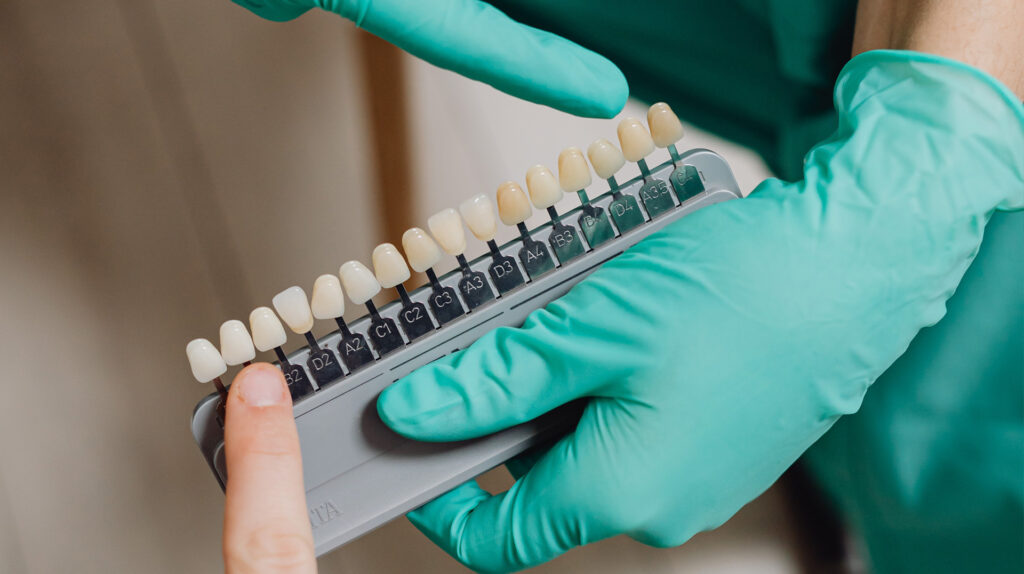When it comes to dental care, it’s important that patients feel as comfortable as possible. That’s why our doctors strive to ensure the pain management process is carried out in accordance with the highest standards of safety and comfort. This includes providing anesthetic at the appropriate level for each procedure, properly managing post-procedural pain, accurately diagnosing pain conditions, and providing appropriate treatment for these conditions. It can also involve using Botox to reduce face and jaw discomfort and manage pain when dealing with dental implants and orthodontic care. By taking proactive steps to ensure optimal pain management, we can make sure that our patients experience the highest levels of comfort during each and every procedure.
Anesthetics
Anesthetics are medications used to produce insensibility to pain and other sensations, typically during medical procedures. Local anesthetics, the most common type of dental anesthetic, numbs a specific area, like when filling a cavity. It doesn’t cause you to lose consciousness but may make you drowsy. It numbs by blocking nerve impulses temporarily and providing relief from pain. Local anesthetics come in different forms including injections, topical creams, and sprays. Sedation anesthesia is useful for minor procedures and helps reduce anxiety. You may not be completely aware of what’s going on during the procedure but will still be able to respond when asked. General anesthesia will put you into a deep sleep so that you don’t feel pain or remember the procedure. This type of anesthesia is used for longer, more complex procedures. It can also be combined with other medications to provide the desired effect. All three types are safe and effective when administered correctly by a qualified healthcare professional. Anesthesiology is an incredibly important field, as it helps make sure that the patient’s experience during a procedure is as safe and comfortable as possible.
When it comes to dental anesthetic, your dentist will work with you to determine the best option for your specific needs. Patients should communicate clearly any previous anesthetic experiences and any allergies or medical conditions that could interfere with the procedure.
Post-Procedural Pain Management
It is important to have a pain management plan that considers the patient’s individual needs. Nonsteroidal anti-inflammatory drugs (NSAIDs) are commonly used as first-line treatment for post-procedure pain, either alone or in combination with acetaminophen. However, another approach may involve an individualized combination of NSAIDs, acetaminophen, and possibly other pain medications. In addition to pharmacological interventions for post-procedural pain management, patients may receive physical therapies such as ice/heat treatment. These treatments can provide additional relief from soreness and swelling resulting from dental procedures.
Patients should also be provided education regarding expectations for post-procedural pain. By communicating with the patient and learning about their individual history with pain management, clinicians can create an effective plan that considers the patient’s preferences and needs. With an individualized approach, patients can be assured of better outcomes regarding their post-procedural pain management.
Botox® & Xeomin® to Minimize Pain
Botox is becoming increasingly popular in dental practices due to its effectiveness and minimally invasive nature. Botox temporarily paralyzes the muscles that cause wrinkles, lines, and other dental issues, allowing them to relax and heal. In addition to these cosmetic benefits, Botox has been used to treat a number of dental conditions that fall into one of three categories: functional, restorative, and orthodontic.
For dental practices to begin using Botox in their treatments, they must meet certain criteria set out by the American Dental Association (ADA) and the American Academy of Facial Aesthetics (AAFE). This includes: having a certified dentist present who has completed a series of courses in administering Botox; having appropriate safety protocols in place; and ensuring that all staff involved are knowledgeable and experienced working with Botox.
Botox is a popular and effective way to reduce facial and mouth muscle pain. It works by injecting small amounts of botulinum into certain areas of the mouth or face, blocking nerve signals that cause muscles to contract. This can help relax tight muscles, reducing discomfort and improving quality of life for those who suffer from chronic oral and facial pain. It is most commonly used to treat excessive grinding of the teeth, TMJ, and bruxism disorders. Botox has also been used to reduce chronic migraine pain and facial wrinkles caused by overactive muscles. While it can be a great way to manage oral and face pains, speaking with your dentist or healthcare provider is important before deciding if Botox is the right choice for you. When used correctly, Botox can significantly relieve chronic pain and improve your quality of life.
Minimizing Discomfort with Implants
Oral dental implants offer a great way to replace missing teeth and restore your smile while also providing long-lasting comfort. However, taking the right steps to maximize your comfort with oral implants is important. One of the most essential things you can do is work with an experienced provider who understands how to fit and place the implants properly. This will help ensure that your implant fits securely in your mouth, reducing the likelihood of any discomfort.
CEREC implants provide comfort and convenience that traditional dentistry cannot match. With CEREC, your dentist can craft precise restorations quickly and accurately without requiring multiple visits. This means you can enjoy the highest quality dental care in less time, fewer hassles, and less discomfort.
Maximizing Comfort with Orthodontics
When teeth are not aligned properly, it can lead to more serious dental issues such as TMJ, speech impediments and teeth grinding. Orthodontic treatments are customized to the individual patient, ranging from traditional metal braces to removable appliances like Invisalign. By using orthodontic treatments, people of all ages can achieve a pain-free, beautiful, and healthy smile.
Maximizing comfort during orthodontic treatment is vital for any patient. There are considerations that can be taken to ensure the process is as easy and comfortable as possible.
One of the first things to consider when undergoing orthodontics is the type of braces you will use. Traditional metal braces tend to cause more discomfort than more modern options, such as clear braces or Invisalign aligners. However, there are ways to minimize discomfort with metal braces. One way to minimize discomfort is to follow your orthodontist’s instructions for caring for them. Be sure to brush gently but thoroughly and floss regularly. Avoid eating sticky or hard foods that can damage the wires and brackets, like gum or popcorn kernels. With proper care, and orthodontic wax when needed, metal braces shouldn’t cause too much discomfort.
At the dental office, pain management is a priority. Pain relief techniques like anesthesia, sedation, and numbing agents help to create a comfortable and safe environment. Whether you are getting a cavity filled, wisdom teeth removed or undergoing restoration with implants, your dental professional will work with you to ensure that you experience as little discomfort as possible. In some cases, dentists may also recommend pain relief medications or other forms of therapy to help you manage any discomfort. The goal is always to make sure that your dental visit is as comfortable and stress-free as possible.
Pain relief measures should always be taken seriously, so it’s essential that you communicate with us. We will work with you to ensure the pain management process is effective and safe. You can be sure that your dental visit will be a pleasant and positive experience. Call the doctors at Prairie Lakes Dental and set up a free consultation to find the right option for you.


